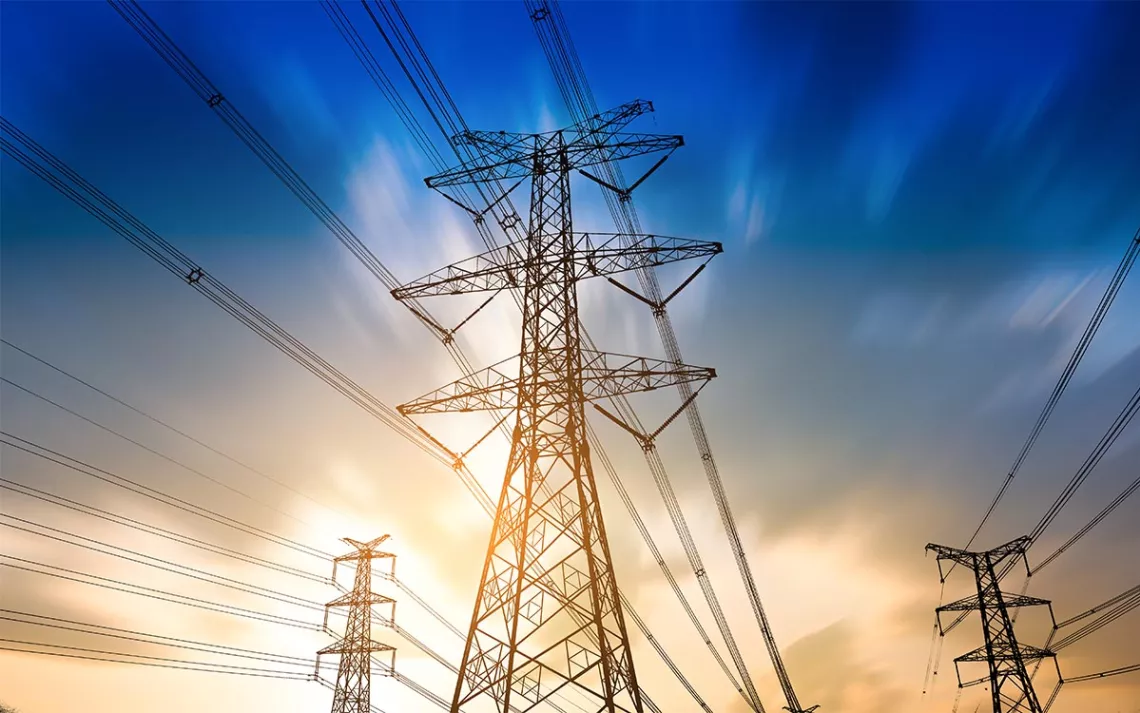Gaming the Grid
OhmConnect helps electricity consumers practice sustainable consumption

Photo by WangAnQi/iStock
The energy grid has long been the domain of experts. The average electricity consumer simply flicks their switches on and off, gets a bill in the mail, and hopes for it to be lower next month. Meanwhile, offstage, a cast of machines keeps the energy flowing: Either sustainable sources (like solar panels) or greenhouse gas emitting sources (like coal plants) hum away to provide power. During times of peak demand, fossil-fueled backup generators (“peaker plants”) are often called on.
If only there was a way for users to know what was happening and power down their appliances in concert to keep the dirty power from switching on.
Many energy consumers in California, Texas, and Toronto are in luck: OhmConnect is a free service that notifies users during peak electricity consumption hours, keeping the peaker plants off and paying users for the energy they save. The service is available through PG&E, SDG&E, and SCE in California, Toronto Hydro in Toronto, and through Smart Meter Texas accounts in Texas.
Here’s how it works: In the eyes of the electricity market, OhmConnect functions like a power plant. But instead of producing megawatts of energy by burning fuel, OhmConnect produces “negawatts” of power by altering user behavior.
Users receive a text message or an email during what the service calls OhmHours (or #OhmHours, occasionally), when peak demand is predicted. OhmHours come about once a week in the summer and a little less often in the winter, when there’s less strain on the grid. If people reduce energy use from their average during that time of day, they get paid for their service. They can also rack up points and streaks. The experience is somewhere between gig, public service, and game.
Courtesy of OhmConnect
So far, the company estimates that it’s saved 900 megawatt-hours and paid out $8.7 million to its more than 500,000 users. Curtis Tongue, cofounder and CMO of OhmConnect, says that users can make anywhere from $10 to $1,500 per year, with the average-size home making about $70 when participating. It all depends on the volume of energy consumed and the diligence of the consumer. Some take the opportunity to get out of the house or go on a run, says Tongue, or even spend quality time (sans heavy electricity consumption) with family or pets. Others automate their homes to respond to OhmConnect’s input. John Hastie, a user profiled by The Penny Hoarder, took the practice to extremes, hooking up smart appliances in order to make up to almost $500 in a month.
Even for those less committed, OhmConnect provides the option of installing plugs that power down appliances automatically during OhmHours. And in August, OhmConnect partnered with Nest, a popular smart thermostat company, providing a $50 incentive on top of generous utility rebates. For PG&E customers, the $249 thermostat sticker price is brought down by 60 percent. Though many users automatically think to head to their light switches during OhmHours, Tongue says that heating is often the biggest source of electricity consumption. “You don’t need to sit in the dark,” he says.
Along with keeping the lights on, Tongue wants his service to illuminate what he sees as the most pressing challenge of our age: climate change. What makes the topic particularly difficult to comprehend and address, Tongue says, is its geographic distribution and long timespan, two obstacles that he hopes his service can do its part to surmount.
“We’re conditioned to respond to two glowing eyes in a bush . . . whereas climate change, it really is over such a long time period that people just kind of acclimate—for lack of a better word—to the problem,” Tongue says.
OhmConnect aims to point to the peaker plant as the glowing eyes in the bush, a specific site of danger, and present the OhmHours as a specific moment where users can act. “This is the one hour this week that you can actually take action on climate change!” says Tongue.
California has been a good place for OhmConnect to start because of what John Anderson, director of energy markets at the company, calls the “three-legged stool”: the prevalence of smart meters (which record and transmit granular energy use data), pathways for companies to access that data, and market mechanisms that allow companies like OhmConnect to participate in the electricity market.
OhmConnect is currently part of a California Public Utilities Commission pilot program for a Demand Response Auction Mechanism (DRAM) that allows for third parties to offer demand response services to users and trade the savings in a market. The program has been in place since 2016 but is now up for review and renewal, with a final decision set to come out this summer.
If the pilot program is renewed, more services like OhmConnect could enter the market with confidence. Anderson envisions that this would lend a hand to green energy: Wind and solar energy are cheap, but they’re highly variable and can’t be dispatched at will. Demand can’t always be matched.
“Ideally, we’d pull energy use entirely into the time when the sun is shining,” says Tongue.
 The Magazine of The Sierra Club
The Magazine of The Sierra Club



